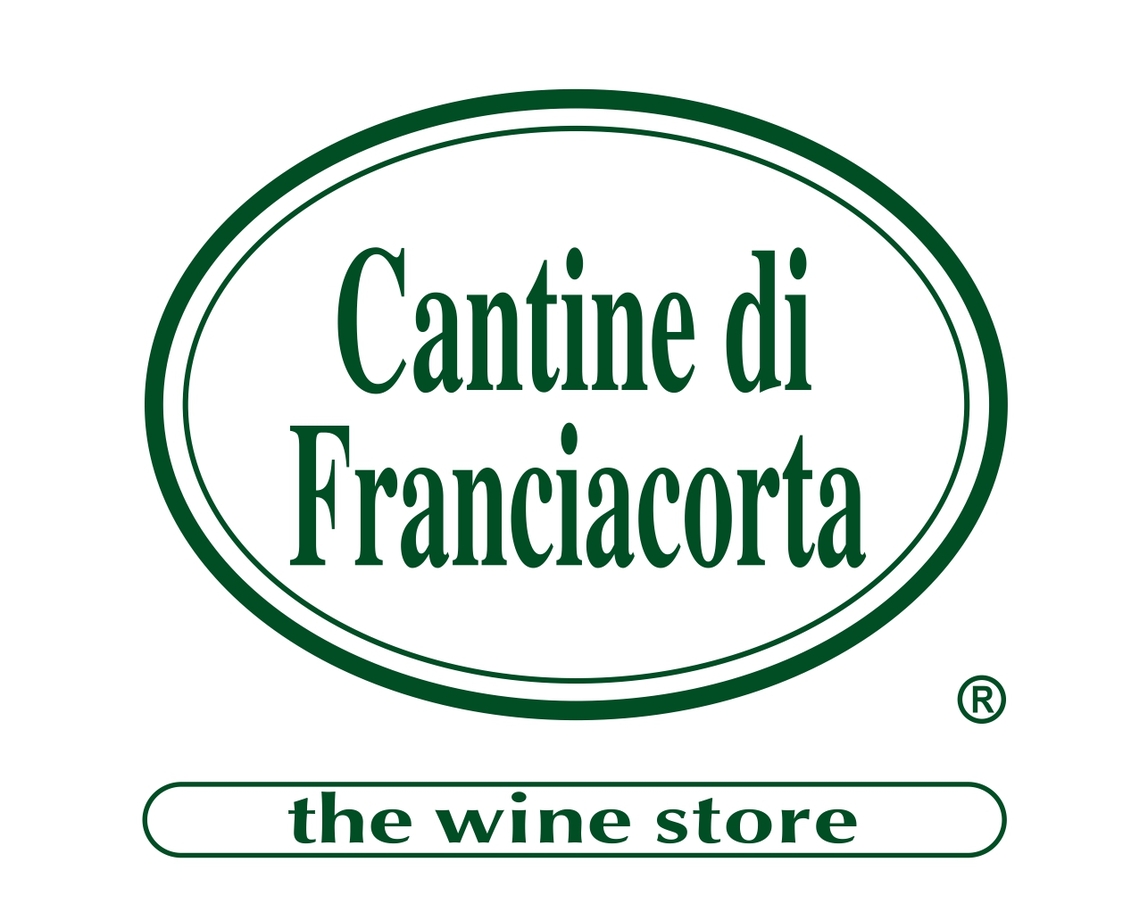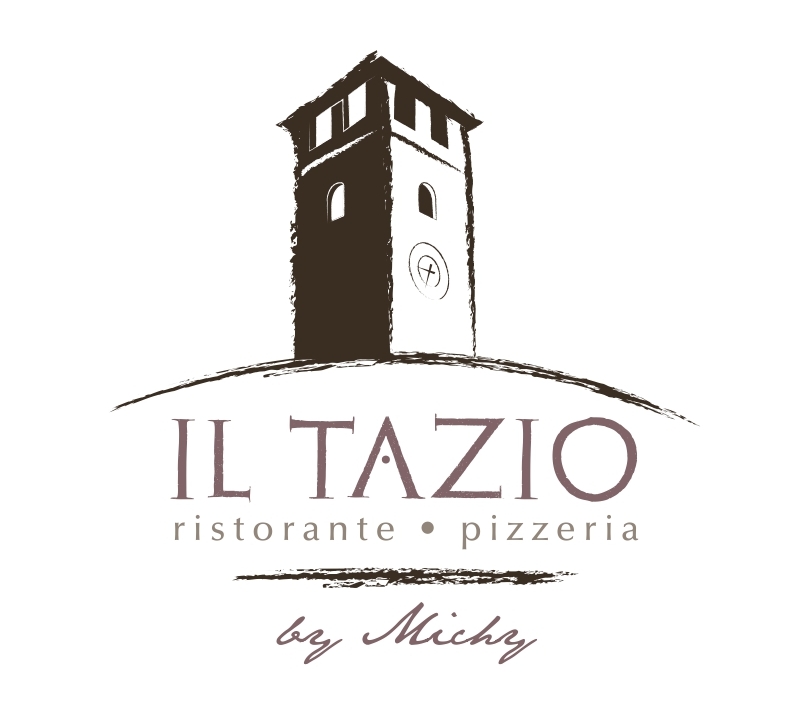Lantieri Castle
The imposing remains of the castle occupy the upper part of the hill located to the south of the centre of Paratico. The small fortress exploits its strategic position to dominate from a height the end part of Lake Iseo, the fortifications of Sarnico and the access roads to the crossing point on the Bergamo side.
In complete disuse for over four centuries, today the castle is architecturally very degraded and not accessible to the general public. In the absence of appropriate stratigraphic surveys, the dating of the artifact, of which we have no documentary evidence before 1276, can be set at between the 12th and 13th Centuries, and a possible evolution of a previous settlement perched on the hill for defensive reasons. The seigniorial families in the area, mainly Lanteri de Paratico, began building activities and managed the structure under a co-ownership regime. There is a description made in 1279, in the Designamento (property list) of Lanterio: the fortified settlement appears to be basically divided between the church of Santa Maria, the monastery of San Faustino and the seigniorial families of Lanterio, Vithotti and Fancone.
The defensive structure is rather basic, consisting of a keep and a curtain wall, where an expansion of an earlier circle can be seen in the southern section. The most important surviving buildings are located along the curtain wall in the north.
The oldest building is represented by a large stone tower, which substantially maintains the original volume, divided onto four levels, which will have reached the eave line almost 15 m in height.
A lower building leans directly on the eastern side of the tower, with an elongated shape similar to a palatiolum, a widespread design in the late Middle Ages in the foothills and valleys of the Brescia and Bergamo territories.
The structural characteristics of the masonry allow the tower to be dated in a period between the 12th and 13th Centuries, and the building, due to the presence of the pointed arch openings, to a much later date somewhere in the 14th Century.
According to the information provided by the Designamento (property list) of Lanterio, the Church of San Silvestro was built behind the curtain wall, directly south of this area. A rise in the masonry still marks today the position where the church stood.
The main access to the castle is located in the south-east area protected by a square-shaped turret, still partly preserved in the elevation area, where there is a door with worked stone jambs and pointed arch.
According to the Designamento, near the access door to the castle there was almost certainly a square shaded by some elm trees and a small open space that housed the drinking water tank.
In addition, the area inside the curtain wall, now completely free and used as a vineyard, was organised into three blocks extending from north to south. The buildings used to house the storage cellars, barns, farmyards and porticoed structures. These rustic structures lead us to recognise Paratico castle as one of those temporary defensive fortifications, in a co-ownership juridical regime, which were extremely widespread in the plains and in the foothills of the whole of northern and central Italy between the 10th and 15th Centuries.
These buildings, characterised by distinctly rustic features, were basically destined to the safe and secure preservation of agricultural products, and were inhabited by people living in the village or in the surrounding area, usually only in times of crisis and danger.
The legend in the folklore tradition has it that Dante Alighieri was a guest at the Lantieri castle during his wanderings in exile.
Angelo Valsecchi
For more information:
Lechi F., Le dimore bresciane: i castelli, vol. I, Brescia 1973, pp. 401-407.
Valsecchi A., Torri, chiese e castelli nella valle del Gandovere, in La terra di Ome in età medievale, a cura di G. Archetti, A. Valsecchi, Brescia 2003.














